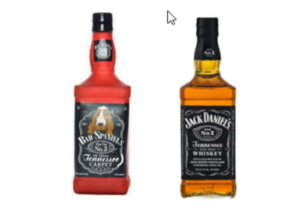Duty to Indemnify Employees: Consequence not Cause
California has required employers to “indemnify” employees for “necessary expenditures or losses incurred by the employee in direct consequence of the discharge of his or her duties, or of his or her obedience to the directions of the employer” in substantially the same terms since 1937 under Labor Code § 2802.


